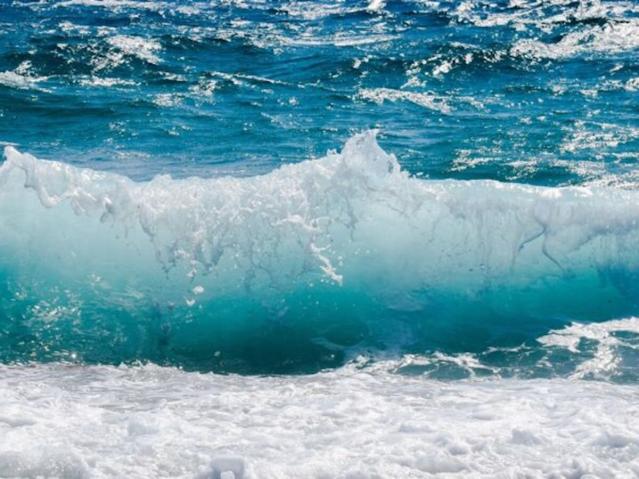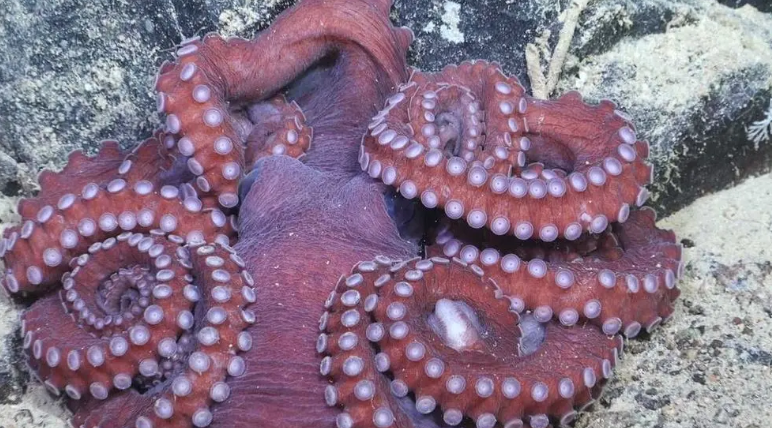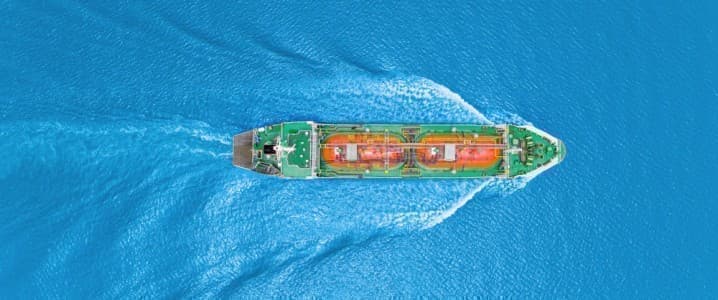To transform seawater into fresh water, and thus make it drinkable, more and more cities are using desalination plants. An expensive device that can have serious consequences on the environment.
Due to the increase in the world population and global warming, the need for drinking water is increasing. So much so that many cities have decided to use seawater desalination plants. As a reminder, this is an installation which makes it possible to desalinate brackish or salty water in order to obtain water gentle. According to figures from the International Desalination and Reuse Association, there are nearly 22,800 installations worldwide. These desalination plants have notably made it possible to supply around 110 million cubic meters of water per day. But if this solution is currently effective in dealing with droughts and fresh water needs, it is unfortunately not sustainable. Indeed, according to several experts, large-scale desalination could have serious consequences on the environment.
Water desalination: energy-intensive plants
To transform salt water into fresh water, seawater desalination plants generally use reverse osmosis. It is a process of separating water and dissolved salts using semi-permeable membranes under the action of pressure. An effective process, certainly, but which is particularly energy-intensive. “In countries like Saudi Arabia or the United Arab Emirates, these desalination plants will consume the equivalent of 1 to 2 nuclear power plants every day by 2030,” regrets Marc-Antoine Eyl-Mazzega, director from the Ifri Energy and Climate Center, in a study on the geopolitics of water desalination. To meet this energy need, factories could then be tempted to turn to coal and gas power plants.
Desalination plant: how to fight against pollution of the seas and oceans?
But that’s not all ! Desalination plants can have other harmful consequences on the environment. After the desalination process, the plant discharges brines and chemicals into the ocean. Every day, nearly 150 million cubic meters of this polluted water are dumped into the seas and oceans. “Unfortunately, in the world, there are many examples where directly released into the sea, these discharges have destroyed marine ecosystems,” explains Marc-Antoine Eyl-Mazzega. Now, desalination plant operators face several challenges: they must find a way to power their plants with renewable energy, but they also have the responsibility to find a solution to limit or reuse the loss of brines and products. chemicals.




